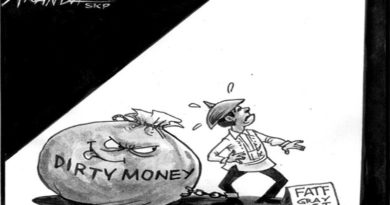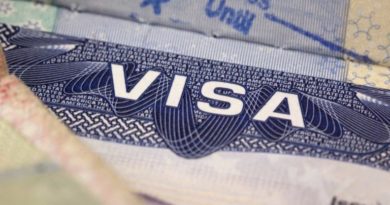EDITORIAL: The Straits Times says- US dollar weakness bears watching
The Straits Times

After spiking sharply in March amid a flight to safety as Covid-19 spread across the world, the US dollar has declined, by around 10 per cent, to a more than two-year low against a basket of six major currencies represented in the so-called dollar index. The decline gathered pace in July, which was the worst month for the greenback since April 2011. Some observers believe that the dollar’s weakness still has a long way to go, which would have major implications for the global economy as well as various investment assets.
.


Although the behaviour of currency markets often defies explanation, there are several plausible reasons to which analysts attribute the recent weakening of the dollar. One is the likelihood that the United States will be harder hit by Covid-19 than most other developed economies. The US Federal Reserve is also expected to maintain a looser-for-longer monetary policy than other major central banks. With US interest rates near zero, the positive interest differential between the US and other developed economies such as the euro zone and Japan has almost disappeared and US bond yields are also near zero – which diminishes the dollar’s attractiveness. The prospect of ever larger US deficits and debts which would be monetised by the Fed has raised fears of currency debasement. The dollar’s weakening against the euro in recent days has also been partly driven by the EU’s decision to resort to collective borrowing underwritten by the European Commission, which has reduced the risk attached to European assets and thereby boosted the euro.
.
[op-ed]
.


.


SIGN UP TO RECEIVE OUR EMAIL
.
The most important news of the day about the ASEAN Countries and the world in one email: [email protected]
8.7.2020









